In an era where food trends constantly evolve and focus heavily on innovative, sustainable eating, exploring ancient recipes offers a unique perspective on our culinary past. These dishes not only provide a delicious taste of history but also highlight timeless techniques and ingredients that continue to influence modern cooking. Here’s a journey through ten historic recipes, adapted for contemporary kitchens, allowing you to recreate the flavors that our ancestors enjoyed.
1. Roman-Style Cheesecake (Libum)
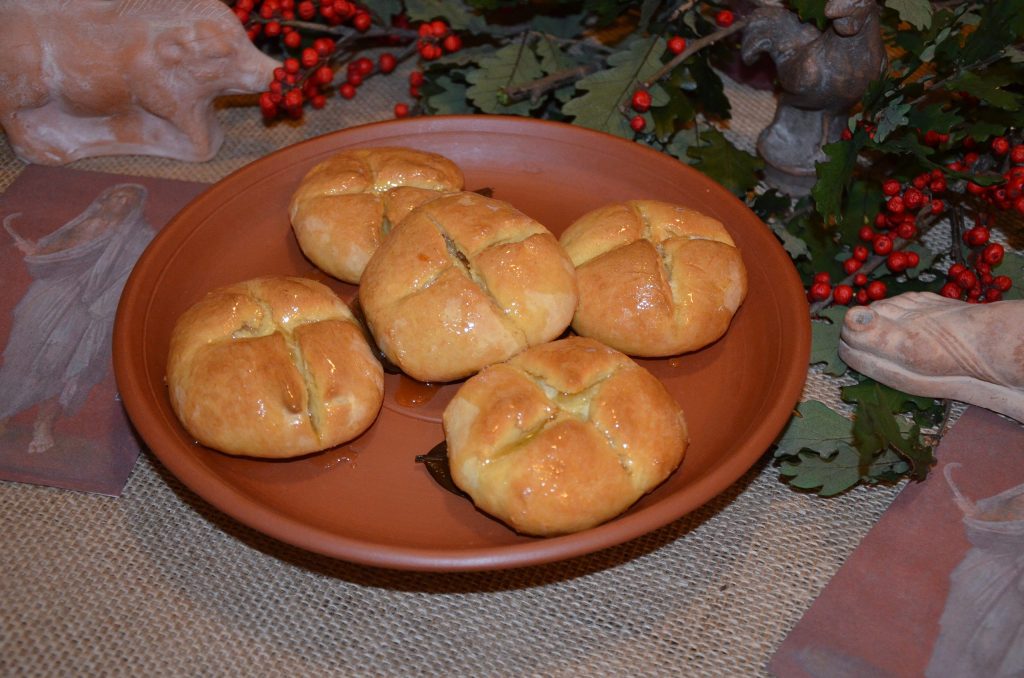
Originating from ancient Rome, Libum was typically offered to the gods during religious ceremonies. This simple cheesecake requires minimal ingredients—honey, ricotta cheese, and bay leaves. The recipe embodies the Romans’ love for honey-sweetened desserts. Bake this in a modern oven, and experience a dessert that connects you directly to the culinary tastes of ancient Roman society.
Ingredients for Making
- Traditional: Honey, ricotta cheese, bay leaves.
- Budget-Friendly: Swap ricotta for cottage cheese or cream cheese, use dried bay leaves, and stretch honey with sugar syrup.
2. Medieval Pottage

Pottage, a staple of the medieval diet, was a thick, hearty stew made with whatever vegetables were in season and available. This adaptable recipe can include leeks, cabbage, carrots, and turnips, simmered with barley and fresh herbs. It’s a perfect example of sustainable cooking, emphasizing the use of local and seasonal produce, resonating well with today’s farm-to-table philosophy.
Ingredients for Making
- Traditional: Seasonal vegetables, barley, herbs.
- Budget-Friendly: Use frozen mixed vegetables or cabbage and carrots, replace barley with rice or oats.
3. Viking Flatbread (Nordic Rye Bread)
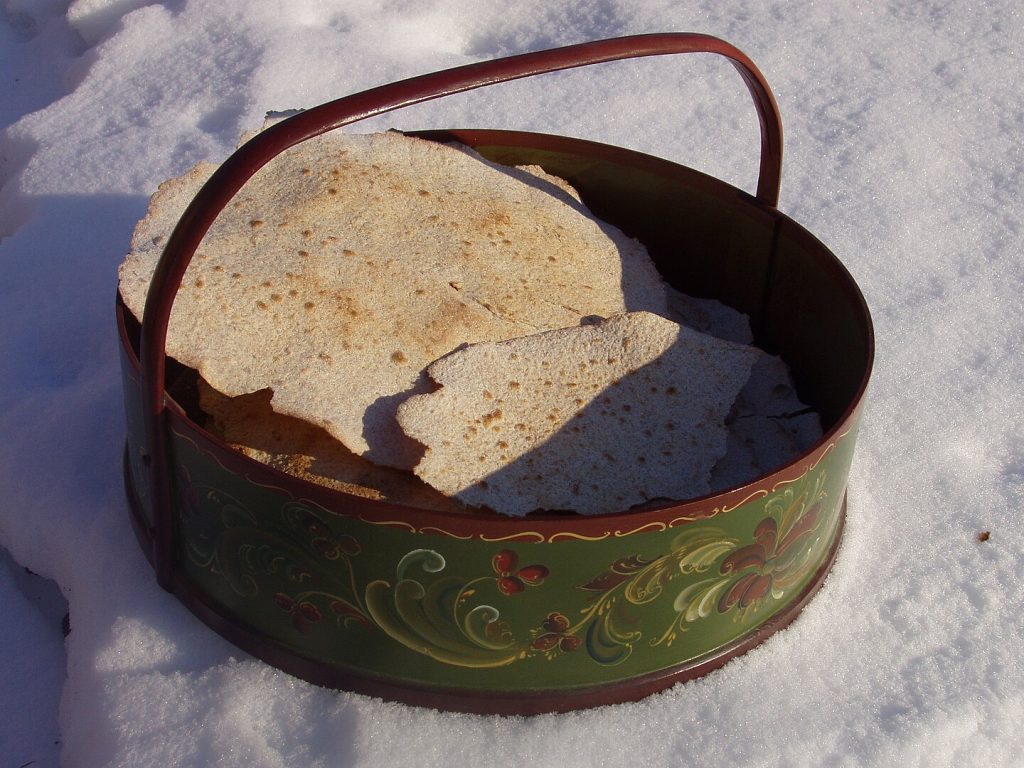
Vikings were known for their simple, nutritious diets that fueled their hardy lifestyles. Their traditional flatbread, made from rye flour, is quick to prepare and cook over an open fire or a modern stovetop. Pair it with smoked fish or fresh cheese for a true taste of Viking fare that complements today’s interest in whole, unprocessed foods.
Ingredients for Making
- Traditional: Rye flour cooked over fire.
- Budget-Friendly: Mix rye flour with all-purpose flour, cook on a skillet instead of an oven.
4. Ancient Egyptian Ful Medames
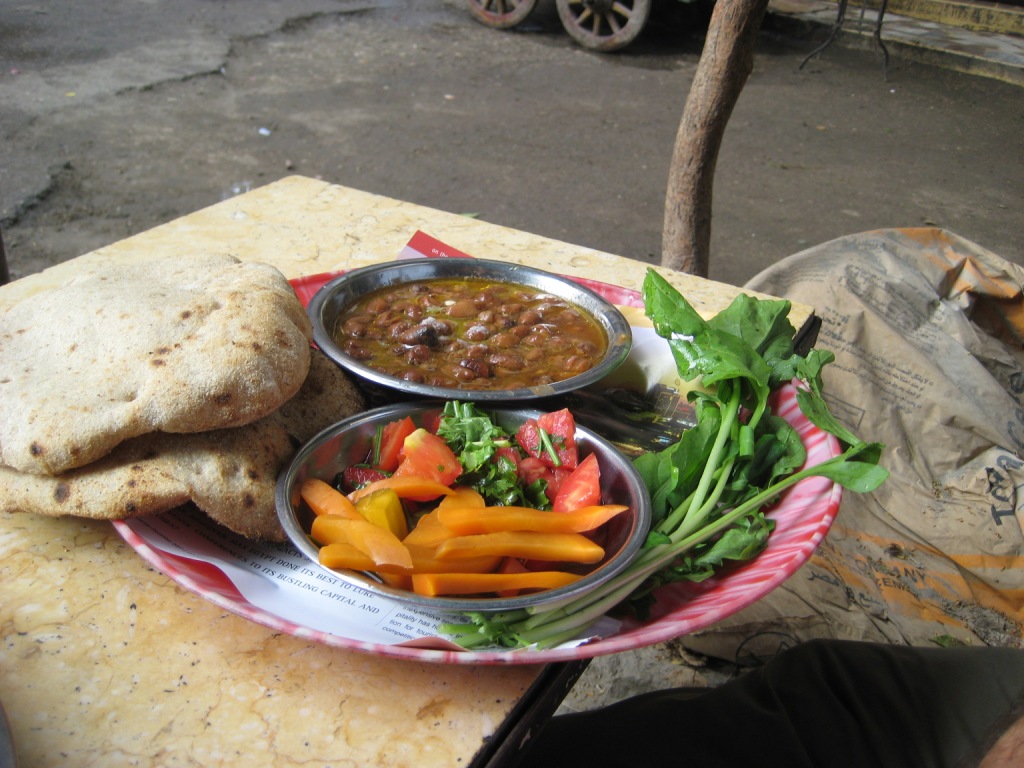
Ful Medames, a dish still popular in the Middle East, dates back to ancient Egypt. This fava bean stew is flavored with cumin, garlic, and lemon juice, offering a protein-rich dish that suits vegetarian diets. It’s an excellent example of how some ancient foods can seamlessly fit into today’s dietary preferences, highlighting legumes’ enduring role in human nutrition.
Ingredients for Making
- Traditional: Fava beans, cumin, garlic, lemon.
- Budget-Friendly: Use canned beans, lemon juice concentrate, and pantry spices.
5. Aztec Chocolate Drink (Xocolatl)
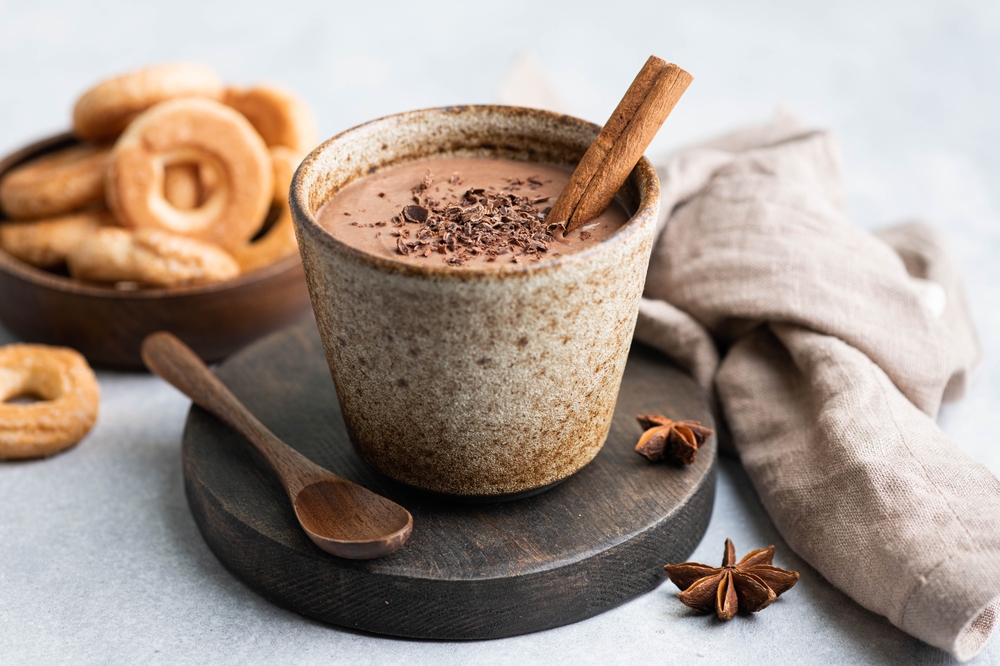
Long before chocolate was a sweet treat, the Aztecs drank Xocolatl, a mixture of ground cocoa beans, water, chili peppers, and spices. This energizing drink, considered sacred and medicinal, was far from the sweet hot chocolate we know today. Making this at home can be a stark, enlightening contrast to our current chocolate experiences, embodying the rich history of this beloved ingredient.
Ingredients for Making
- Traditional: Cocoa beans, chili, spices, water.
- Budget-Friendly: Use unsweetened cocoa powder, cayenne or chili flakes, and cinnamon.
6. Greek Lentil Soup (Fakes)
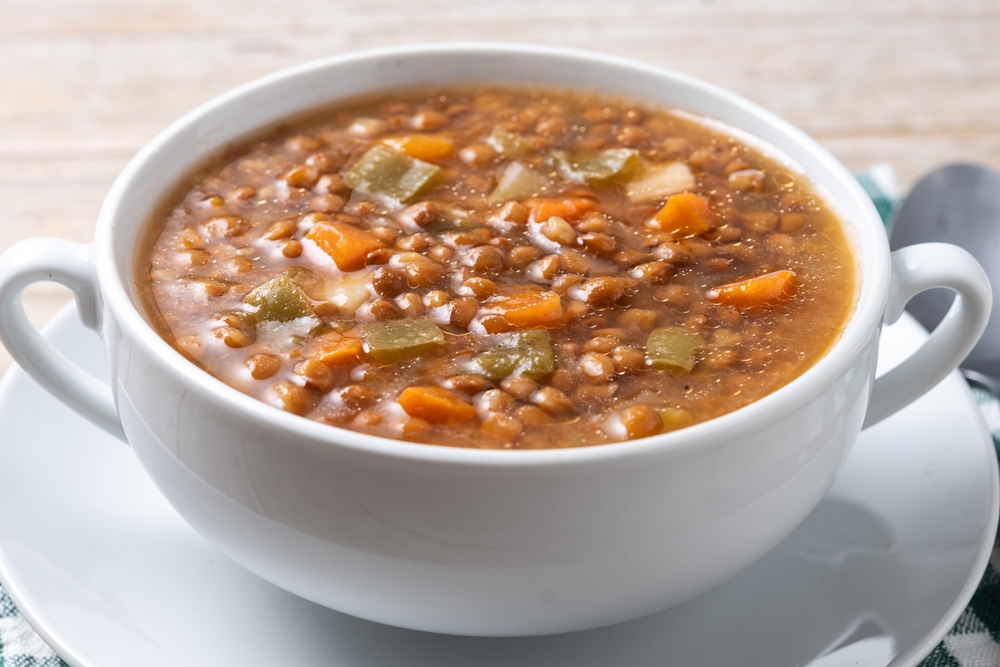
Lentil soup, or Fakes, is a testament to the ancient Greeks’ understanding of a balanced diet. This nutritious dish combines lentils with olive oil, vinegar, and aromatic herbs, creating a simple yet satisfying meal. It is especially relevant today as many seek health-conscious, plant-based eating options that don’t compromise on flavor or nutritional value.
Ingredients for Making
- Traditional: Lentils, olive oil, vinegar, herbs.
- Budget-Friendly: Lentils remain cheap; substitute sunflower oil for olive oil, use bouillon cubes for flavor.
7. Byzantine Honey-Glazed Pork

In Byzantine cuisine, the combination of sweet and savory was commonplace. Honey-glazed pork, seasoned with fish sauce, black pepper, and cloves, offers a glimpse into the opulent feasts of the era. The recipe is a forerunner to modern-day glazed hams and highlights the ancient roots of some of our favorite cooking techniques.
Ingredients for Making
- Traditional: Pork, honey, fish sauce, spices.
- Budget-Friendly: Use pork shoulder or ground pork, soy sauce instead of fish sauce, and stretch honey with brown sugar.
8. Sumerian Beer

The Sumerians were among the first to brew beer, a staple in their diet and a necessity at their gatherings. While the exact recipes are lost to time, reconstructions indicate they used barley and various herbs. Brewing a batch based on these ancient methods connects you to a time when beer was not just a drink but a crucial part of community life.
Ingredients for Making
- Traditional: Barley, herbs, fermentation.
- Budget-Friendly: Try home-brewing kits or barley tea mixed with inexpensive beer.
9. Ottoman Sherbet
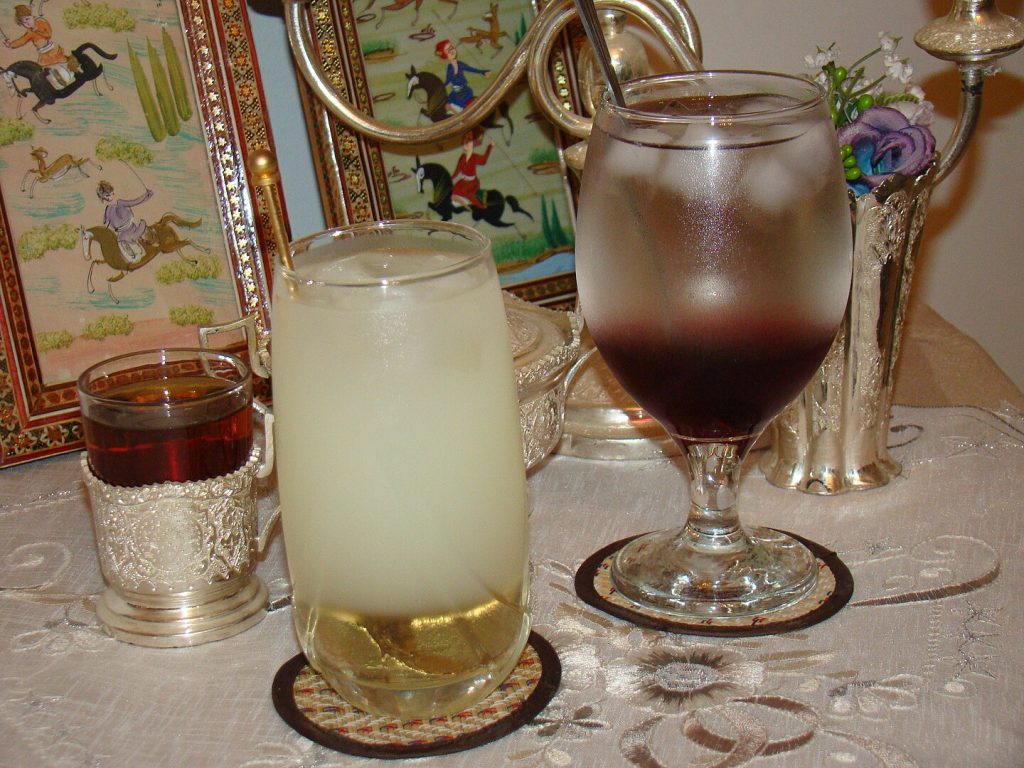
A refreshing blend of fruit juices and flower petals, often sweetened with honey or sugar, sherbet was a popular beverage in the Ottoman Empire, especially during the hot summers. This drink showcases the ancient art of beverage-making and how it catered to the sophisticated palates of the Ottoman court, offering a delightful alternative to today’s sugary sodas.
Ingredients for Making
- Traditional: Fruit juices, flower petals, honey.
- Budget-Friendly: Use seasonal fruits or frozen concentrate, sugar syrup instead of honey, mint leaves instead of petals.
10. Colonial American Cornbread

Cornbread, a staple in early American colonies, highlights the integration of indigenous ingredients into European recipes. This simple bread made from cornmeal, milk, and eggs connects us to a pivotal era in American culinary history and remains a beloved side dish, reflecting the enduring simplicity and appeal of corn-based recipes.
Ingredients for Making
- Traditional: Cornmeal, milk, eggs.
- Budget-Friendly: Use store-brand cornmeal, powdered milk, and applesauce or yogurt as egg replacements.
More Than Just A Meal
Each of these recipes offers more than just a meal; they provide a link to the diets and lifestyles of ancient cultures, reflecting the adaptability and resilience of human culinary innovation. By bringing these ancient recipes into our modern kitchens, we not only pay homage to historical diets but also embrace a culinary diversity that continues to enrich our global palate.
What to Read Next
- Dispelling Dietary Fables: 12 Nutrition Myths Our Grandparents Believed That Have Been Proven Wrong
- 8 Revolutionary War-Era Cooking Hacks That Will Change Your Kitchen Game
- 9 Popular Diet Tricks That Backfire After 30
- The Connection Between Diet and Anxiety: What to Eat & Avoid
- What Your Food Cravings Secretly Reveal About Your Personality
The post Historical Cooking: 10 Ancient Recipes That You Can Make Today appeared first on Budget and the Bees.







